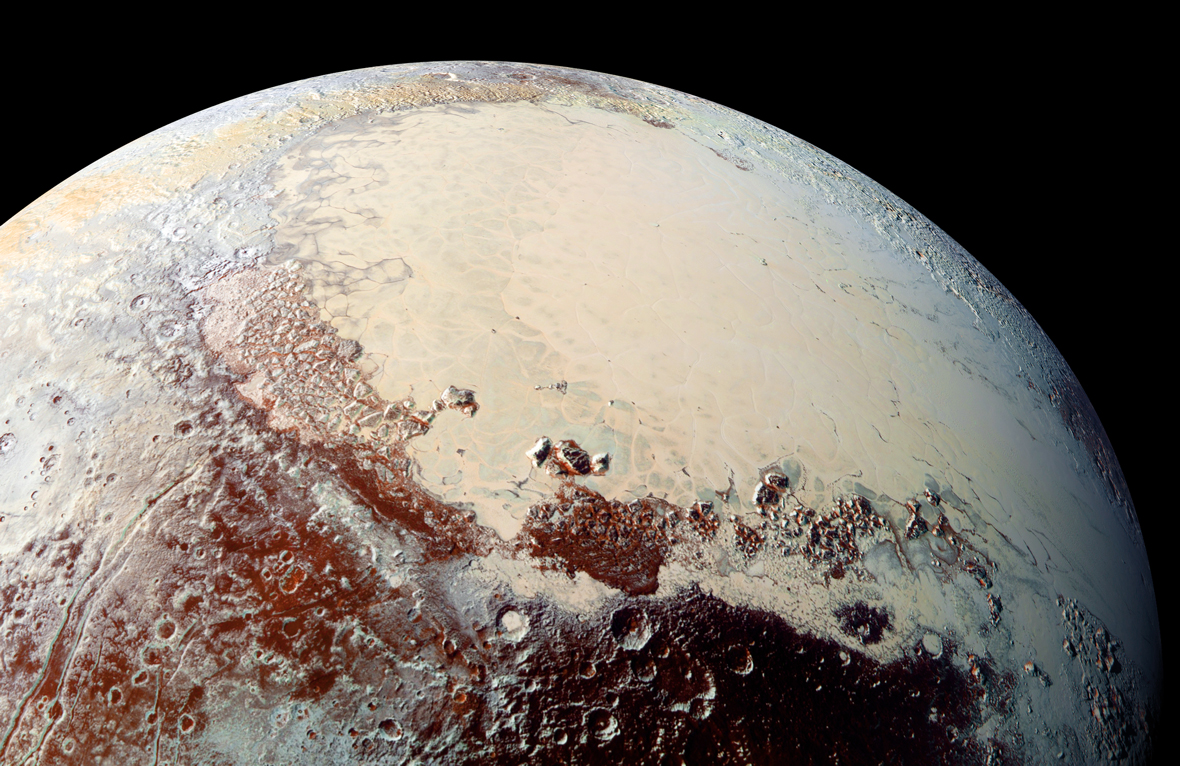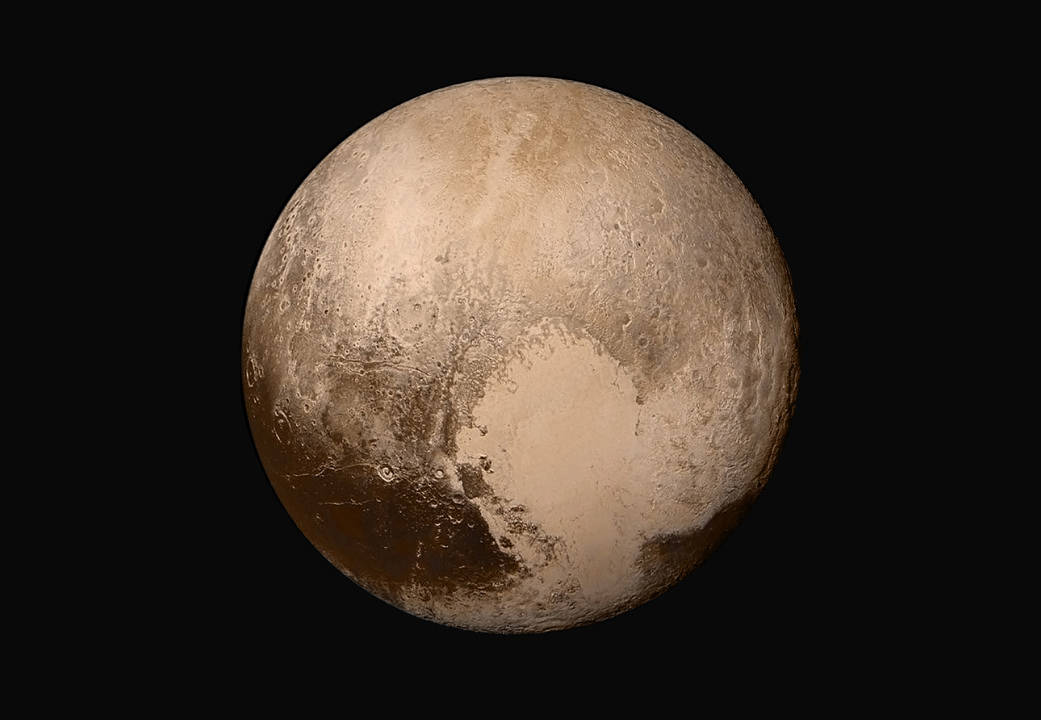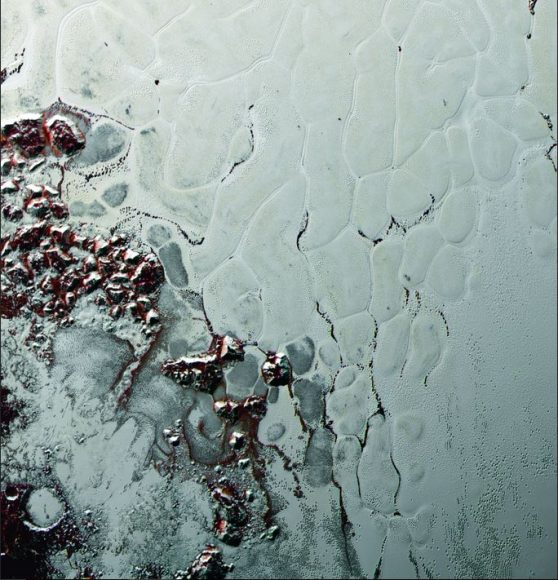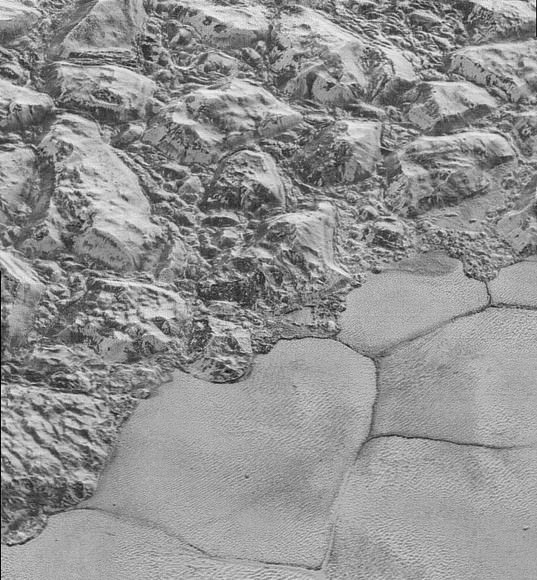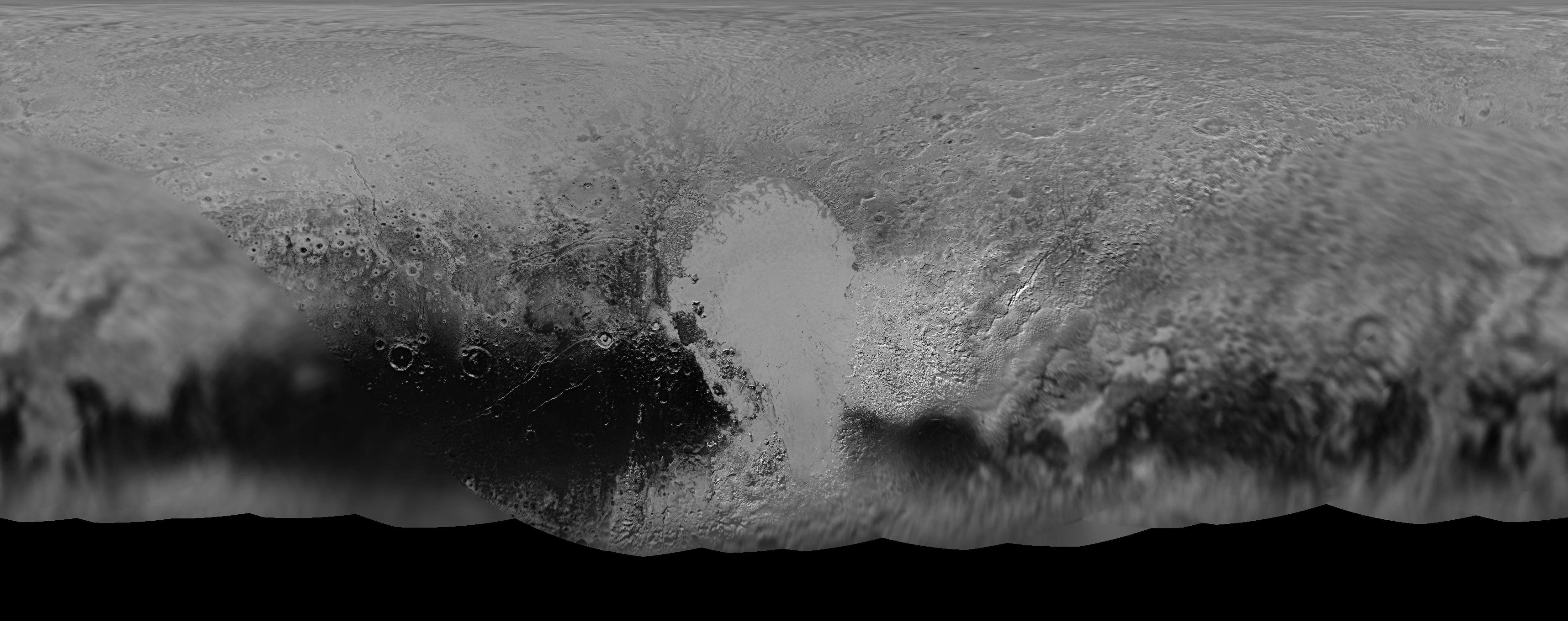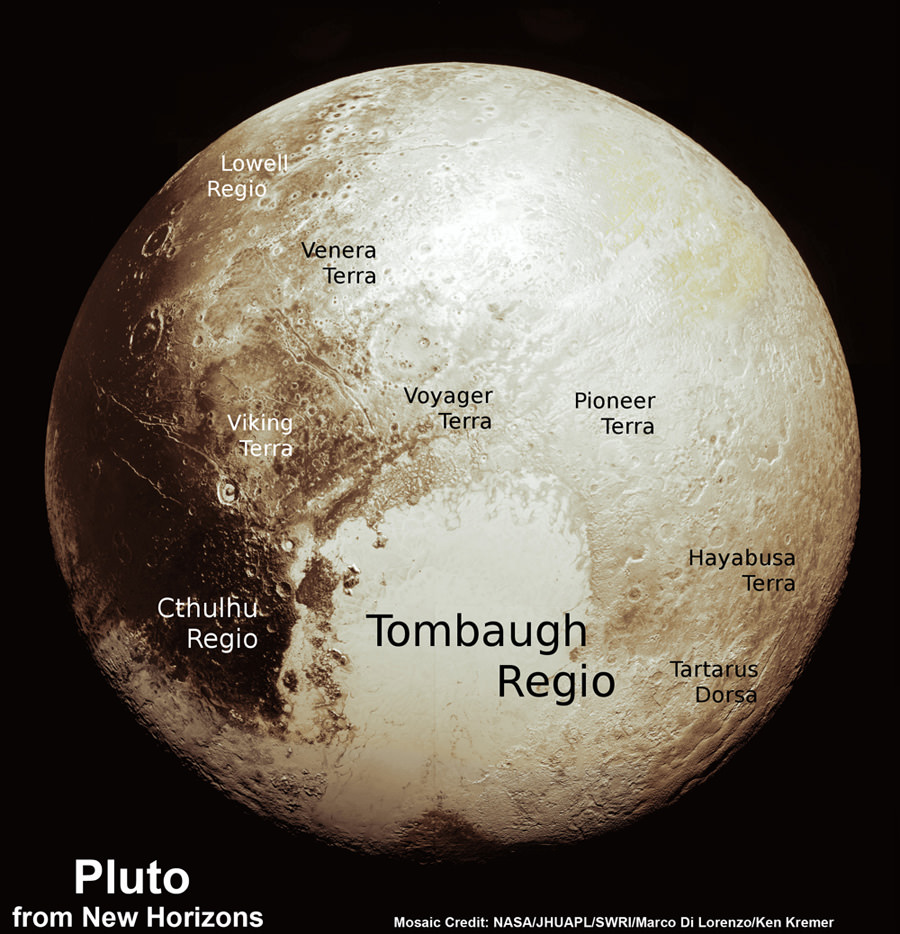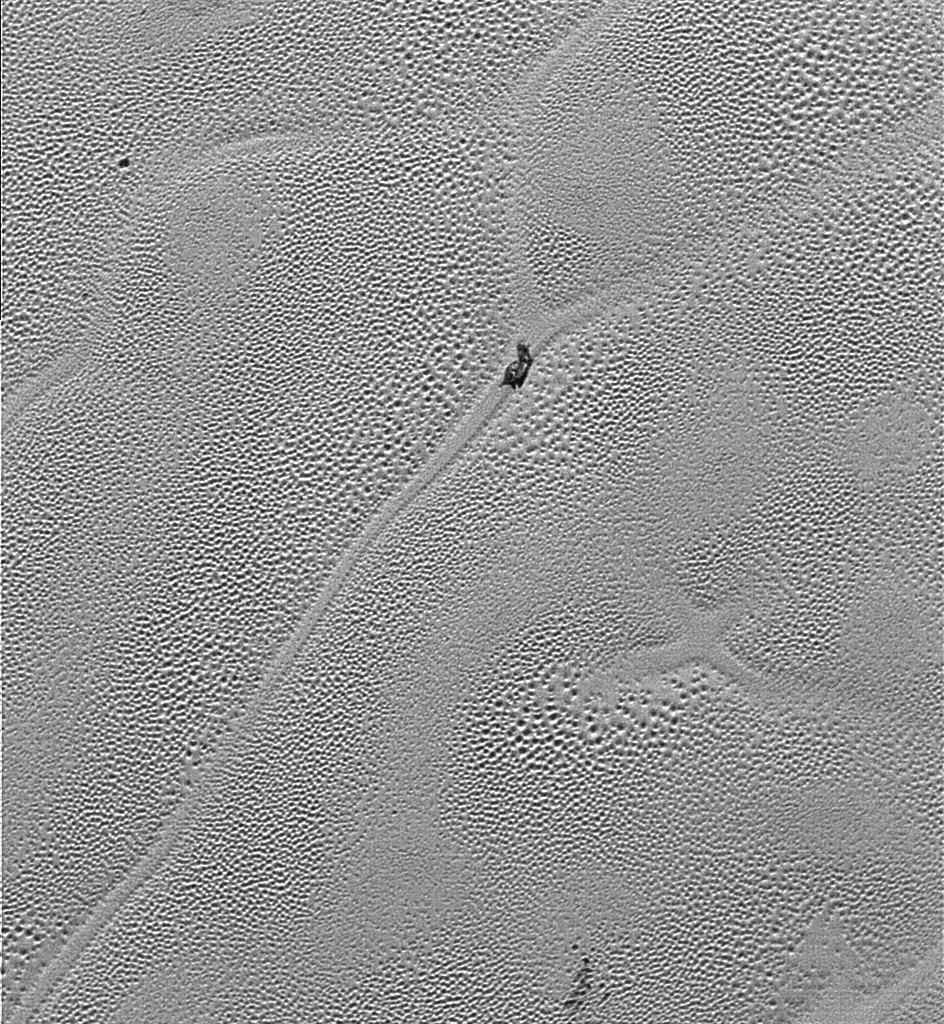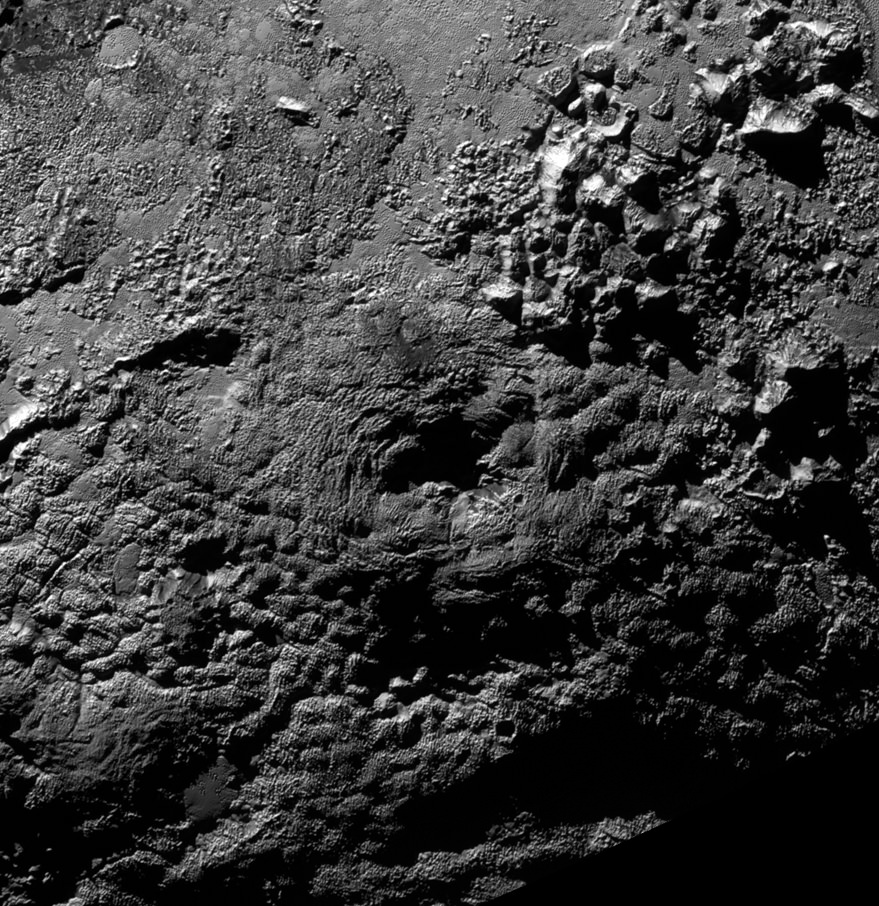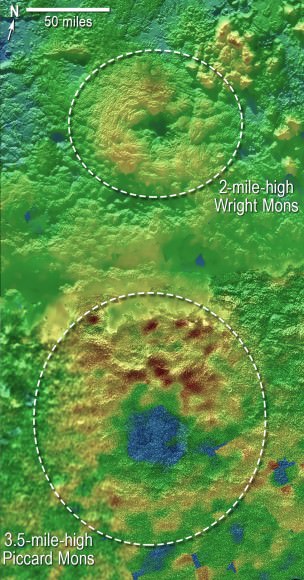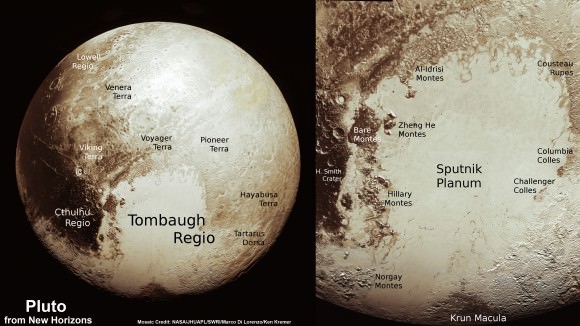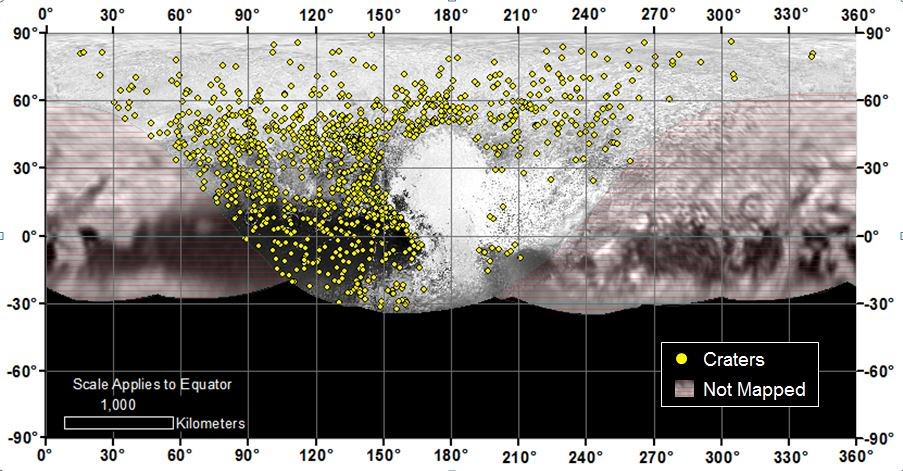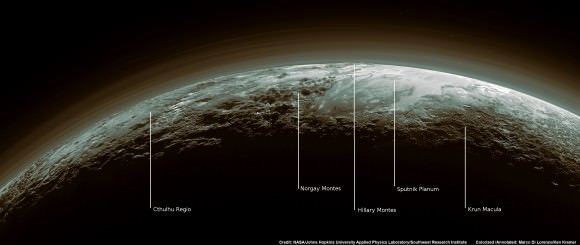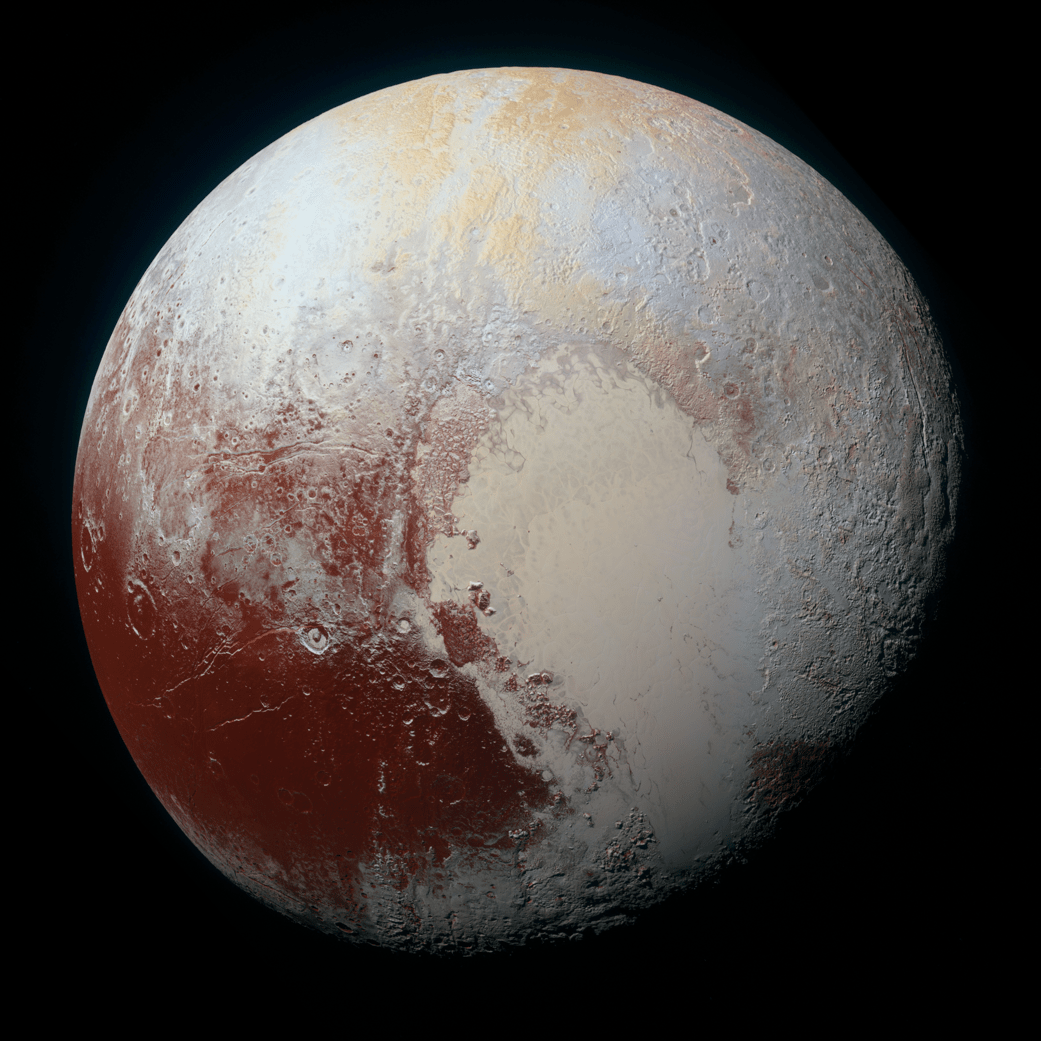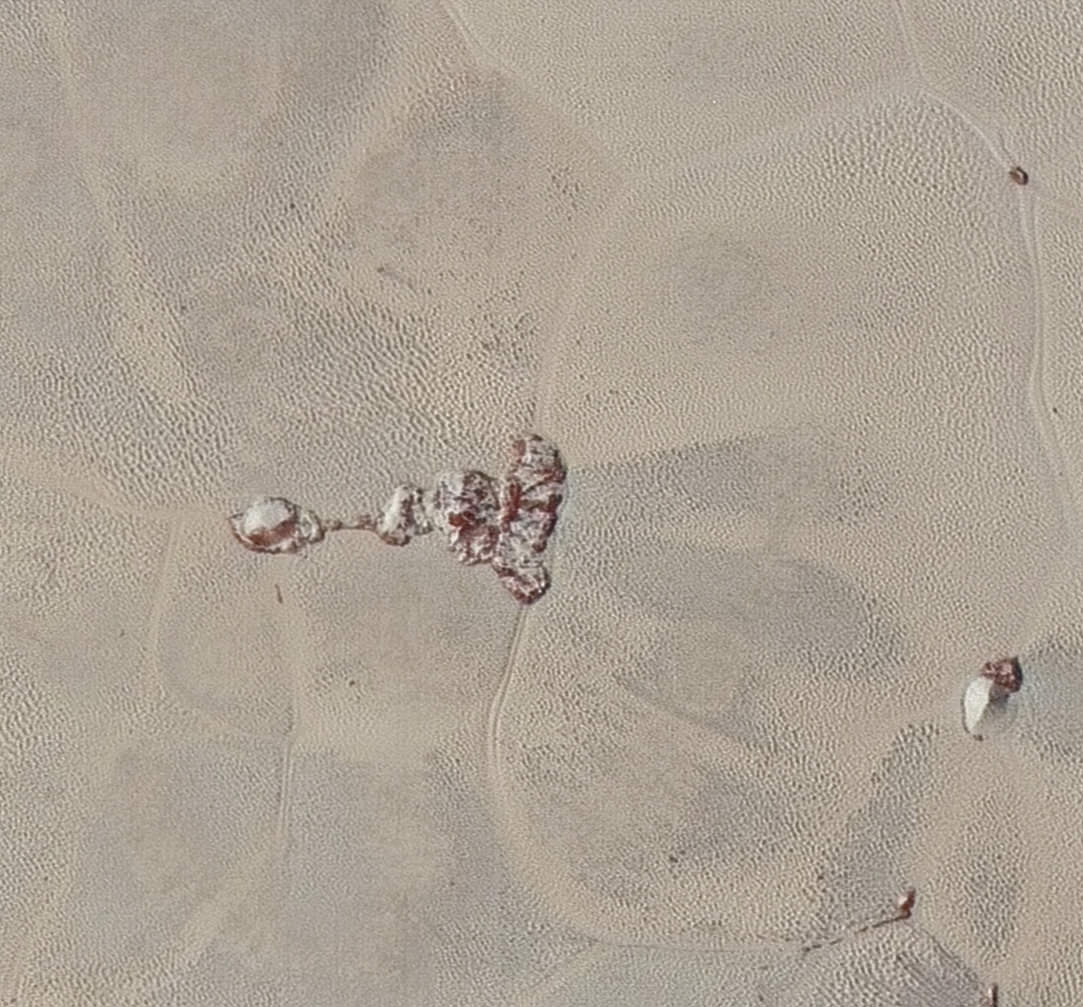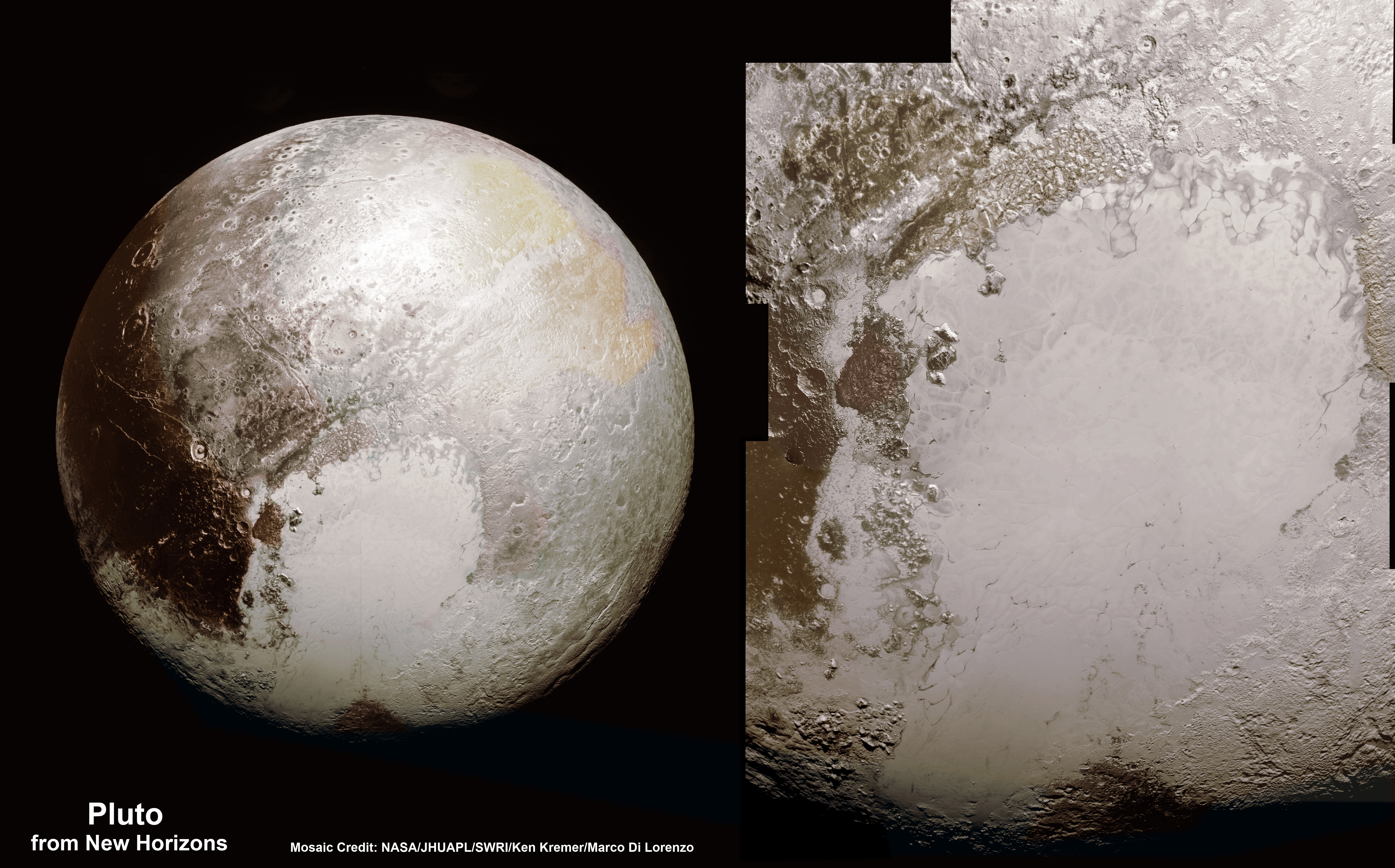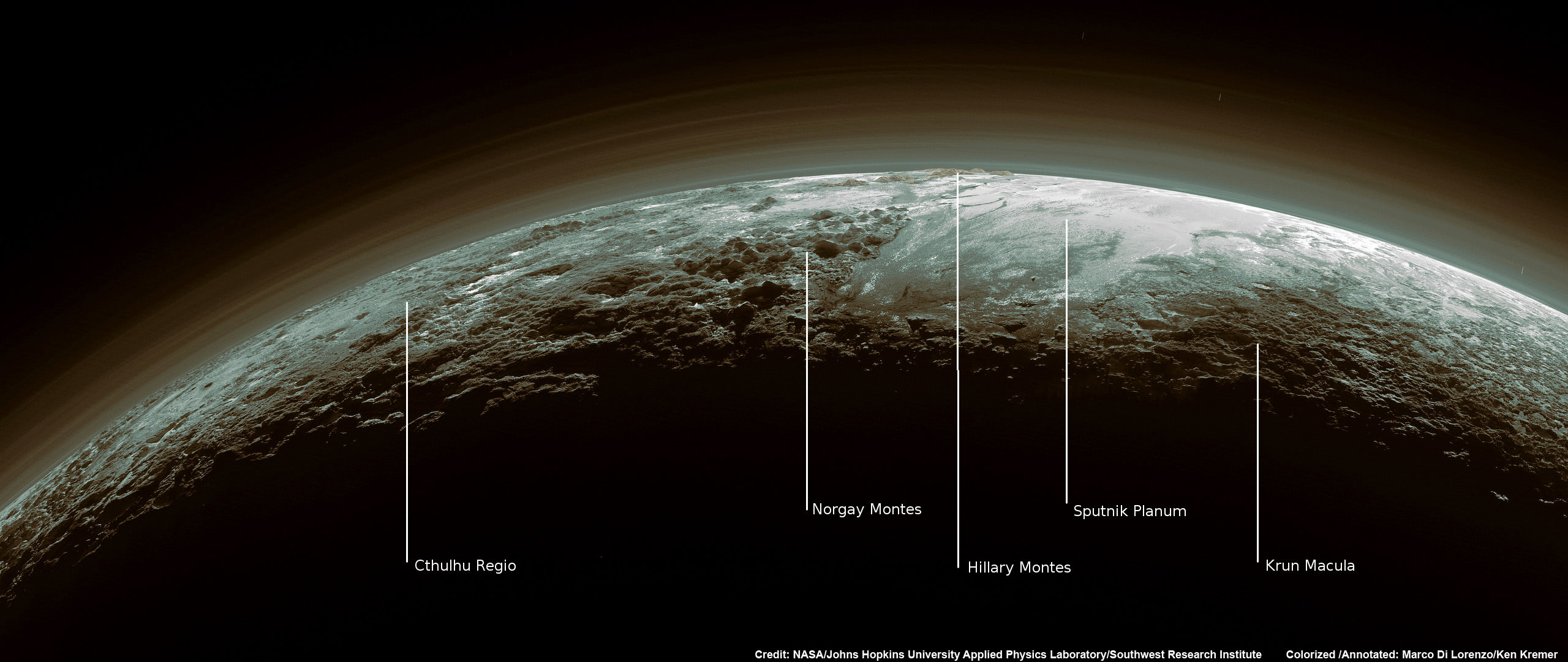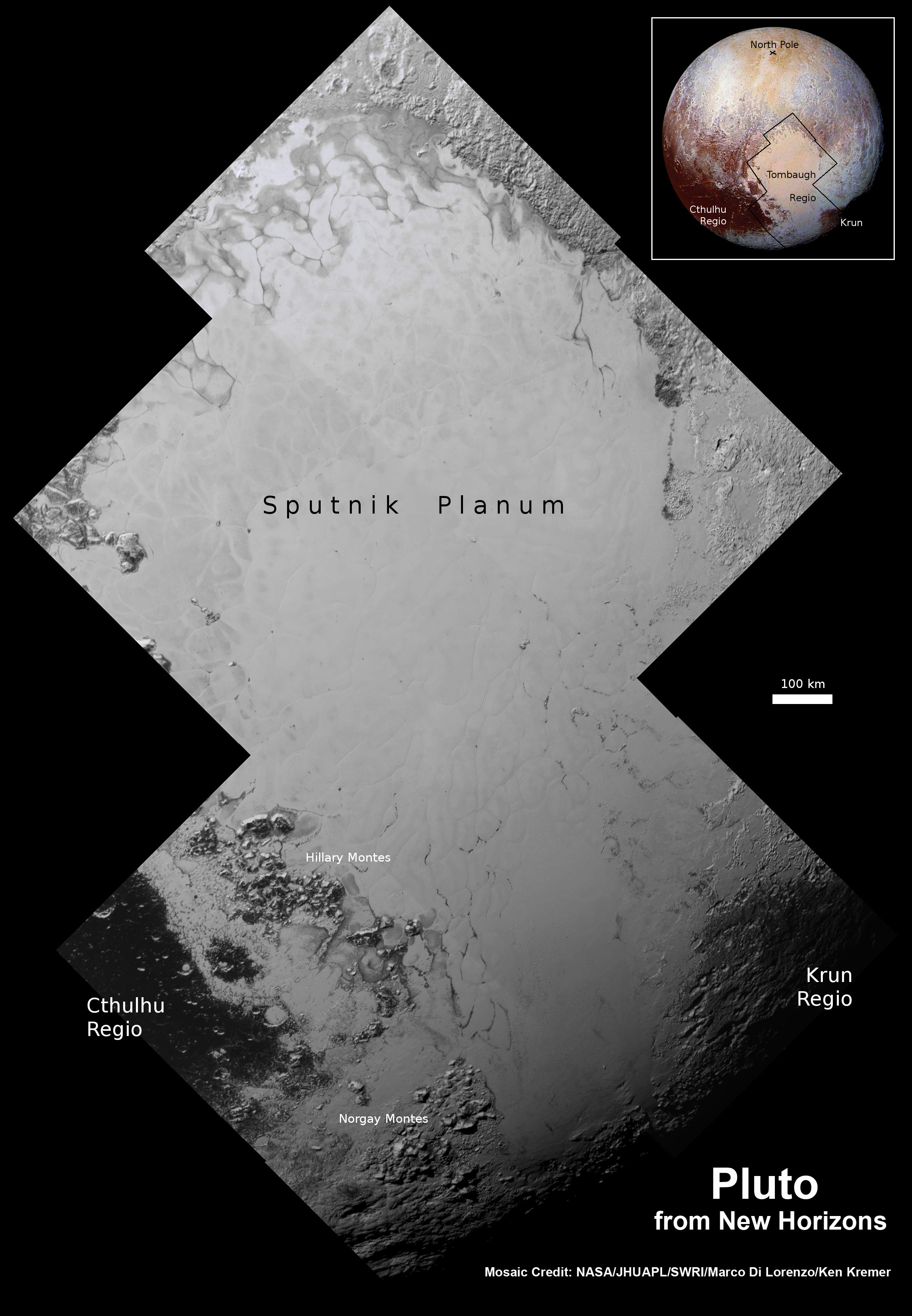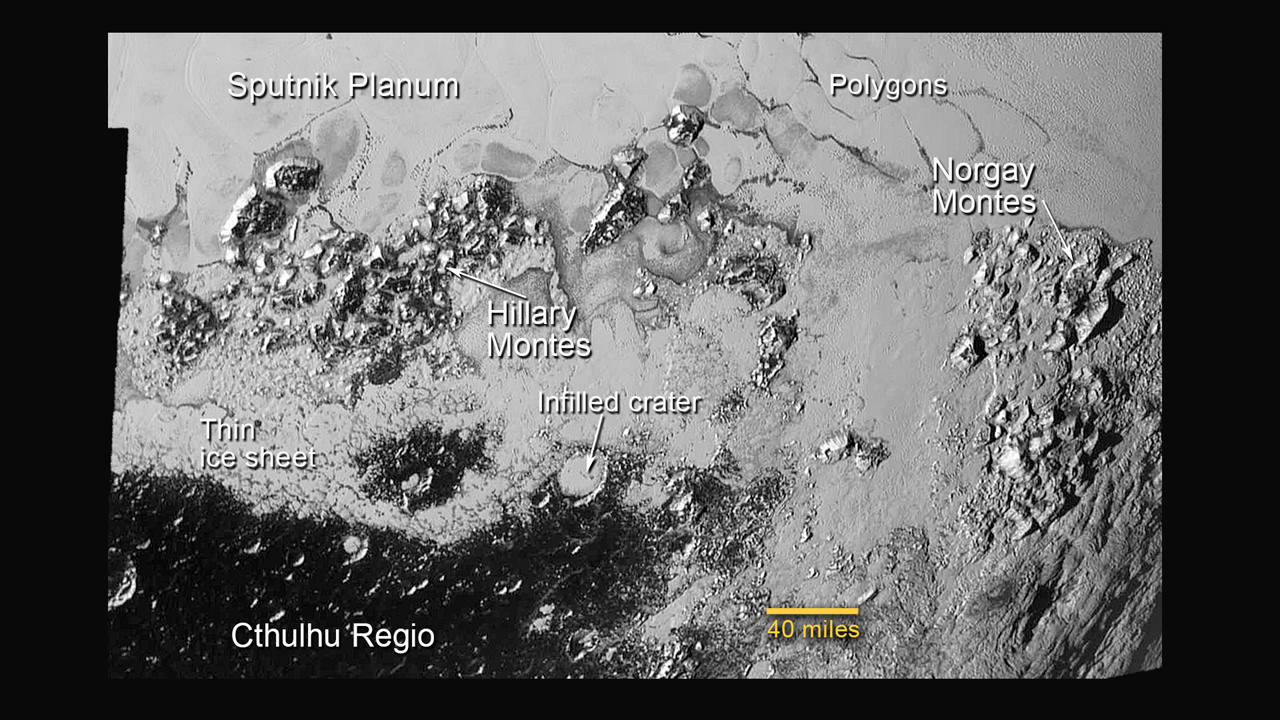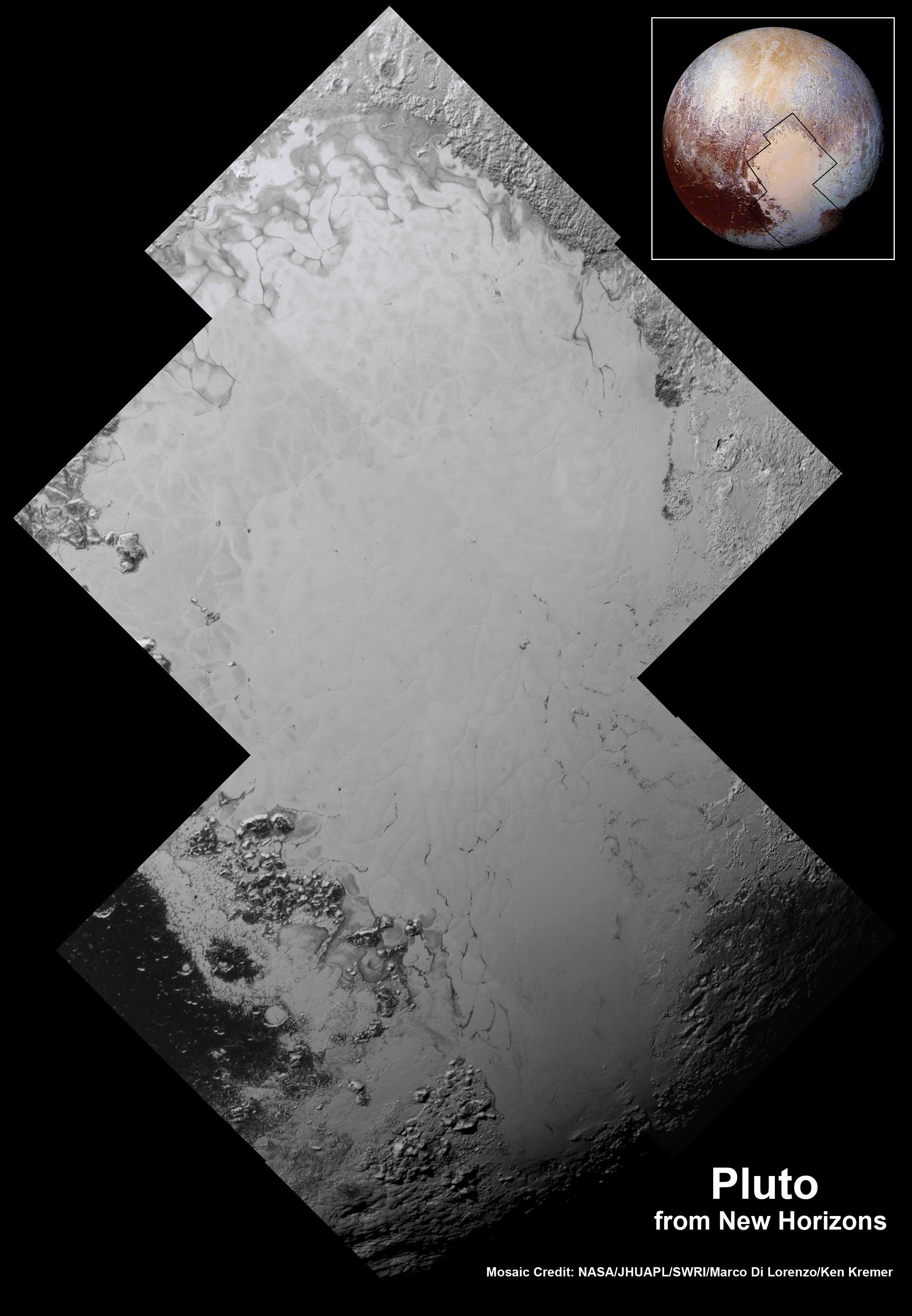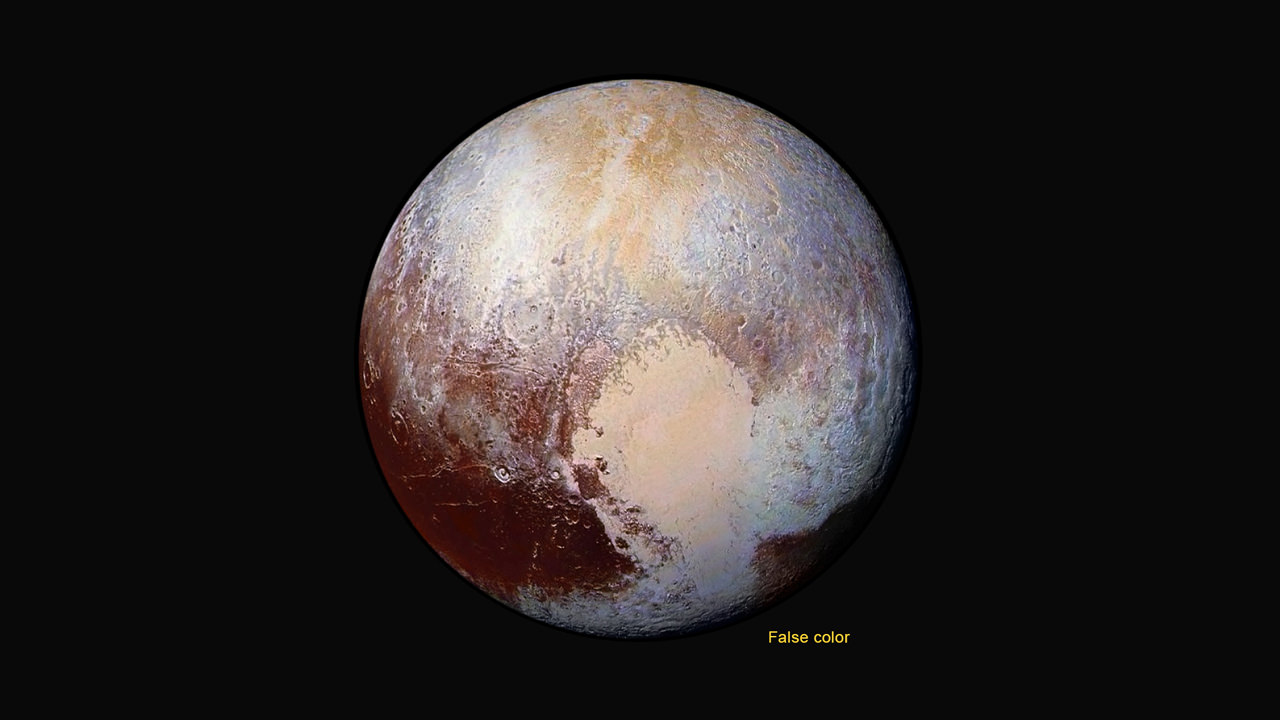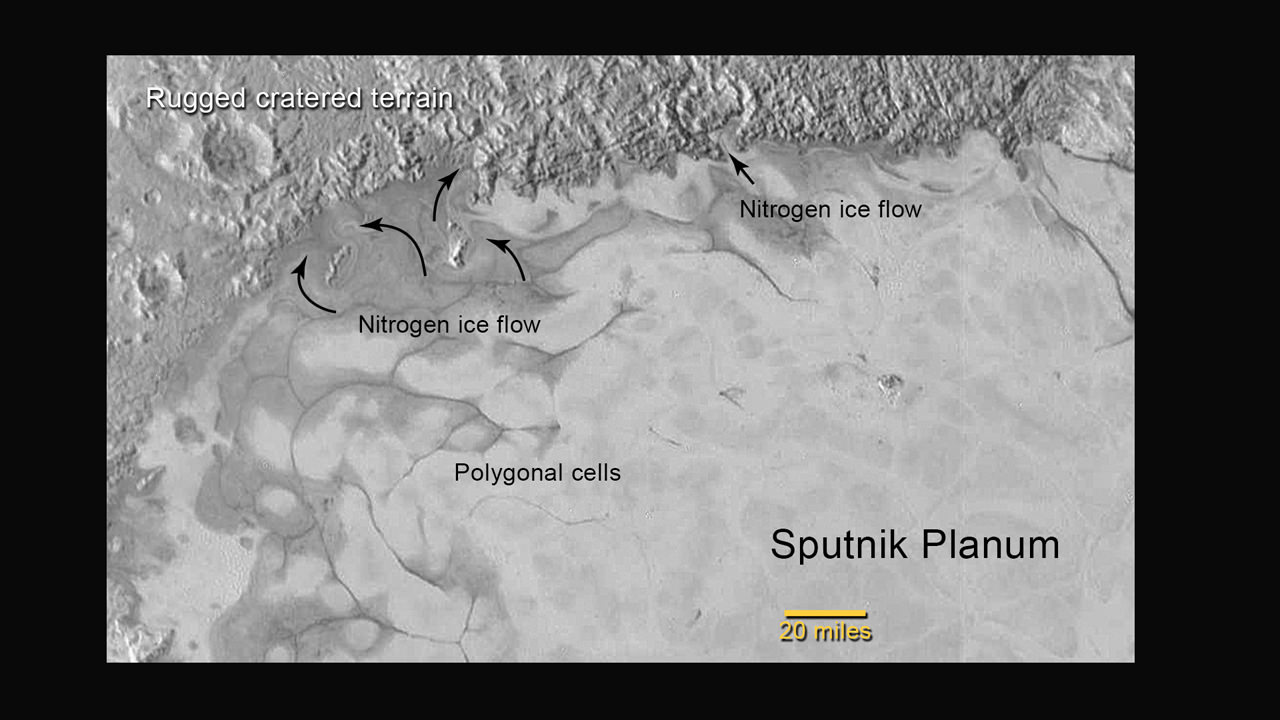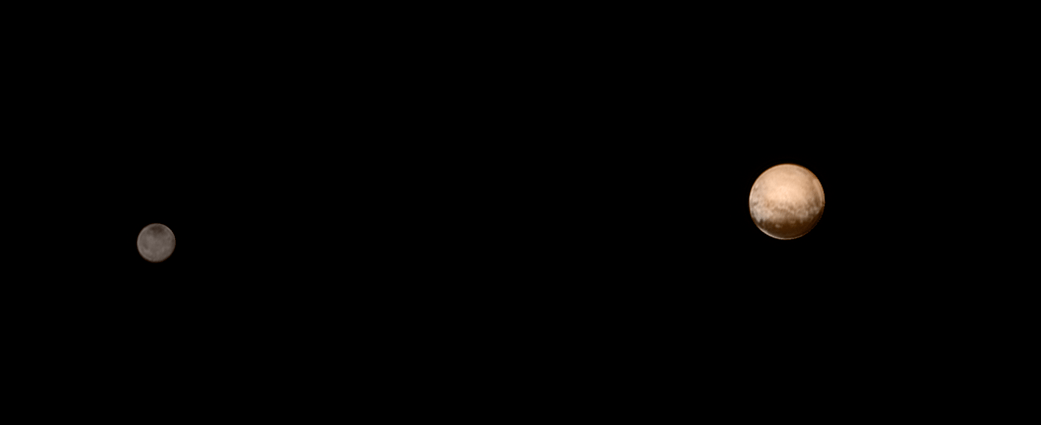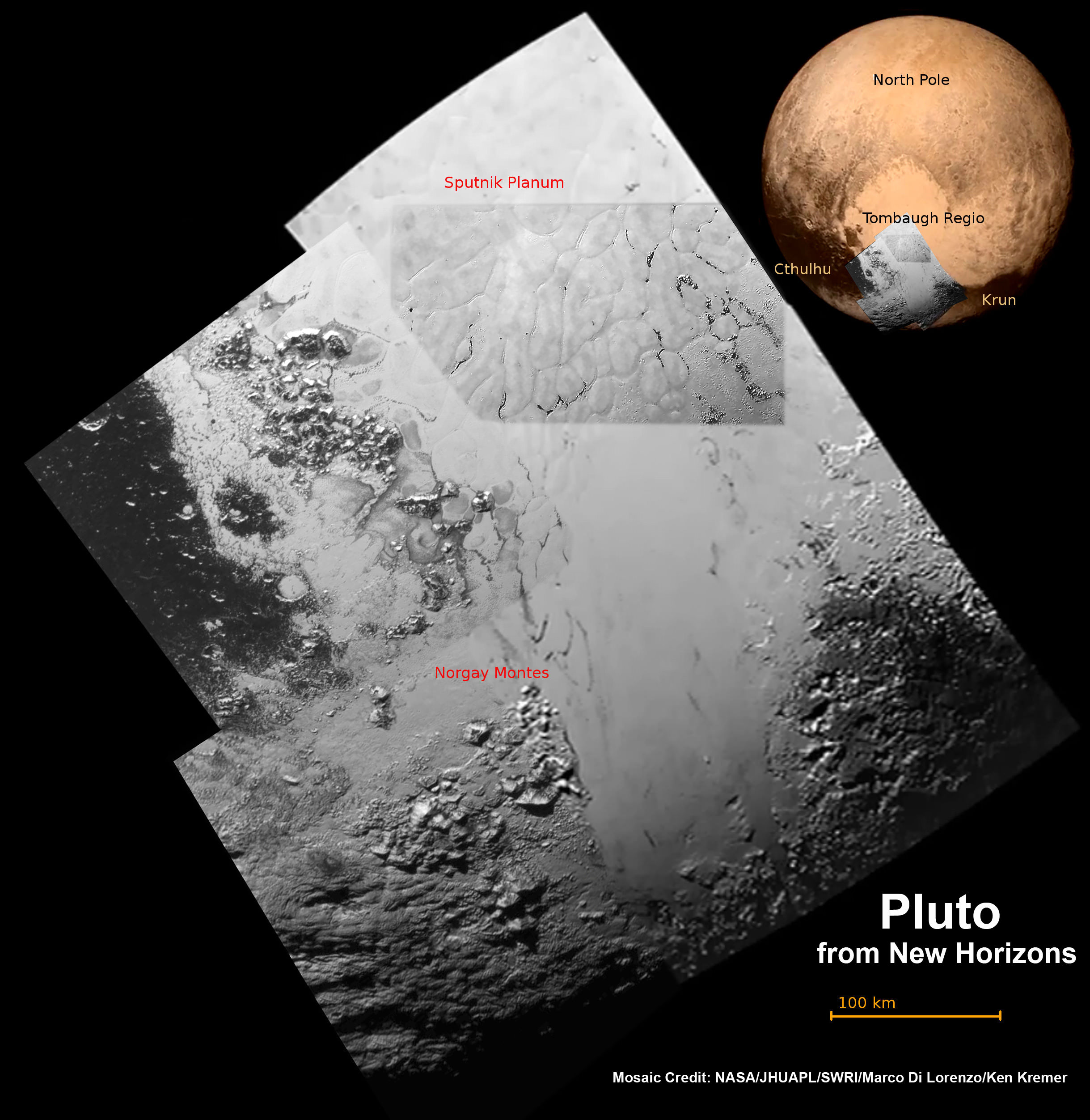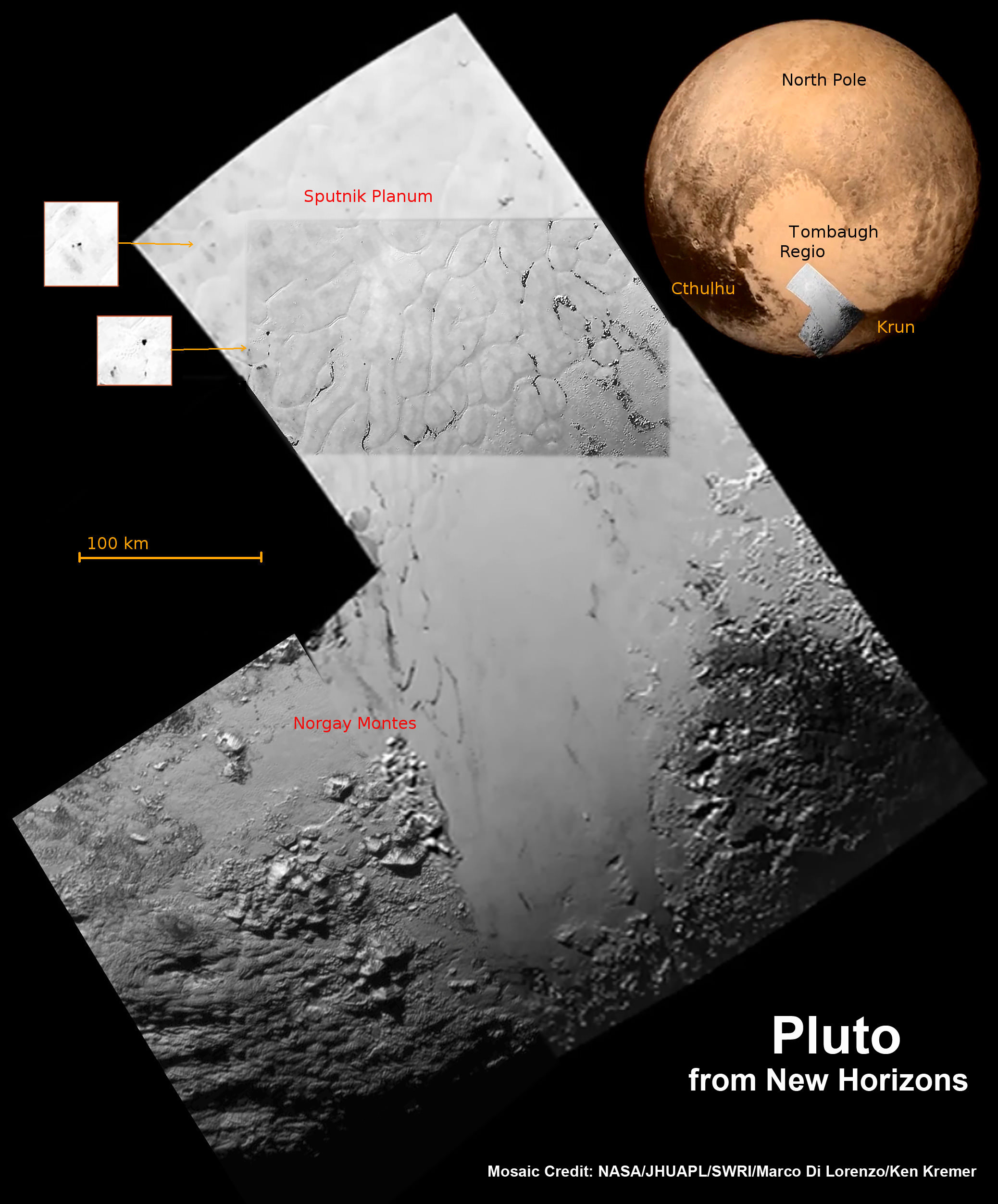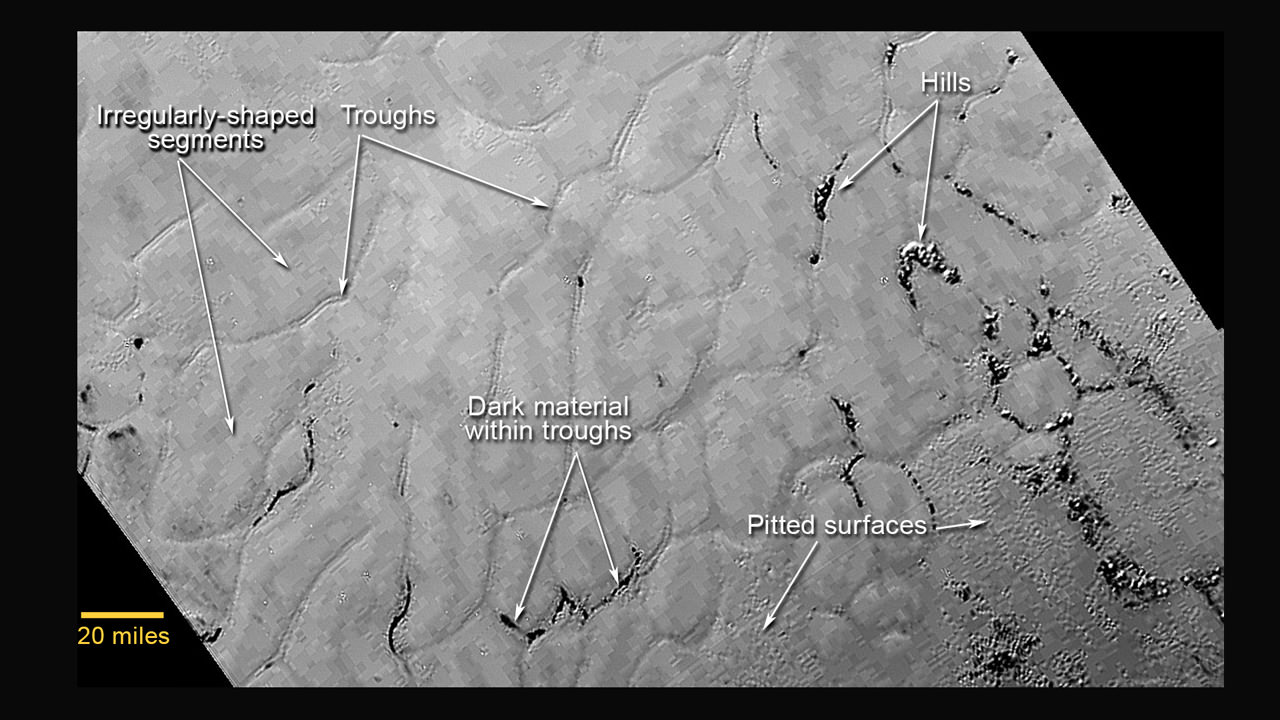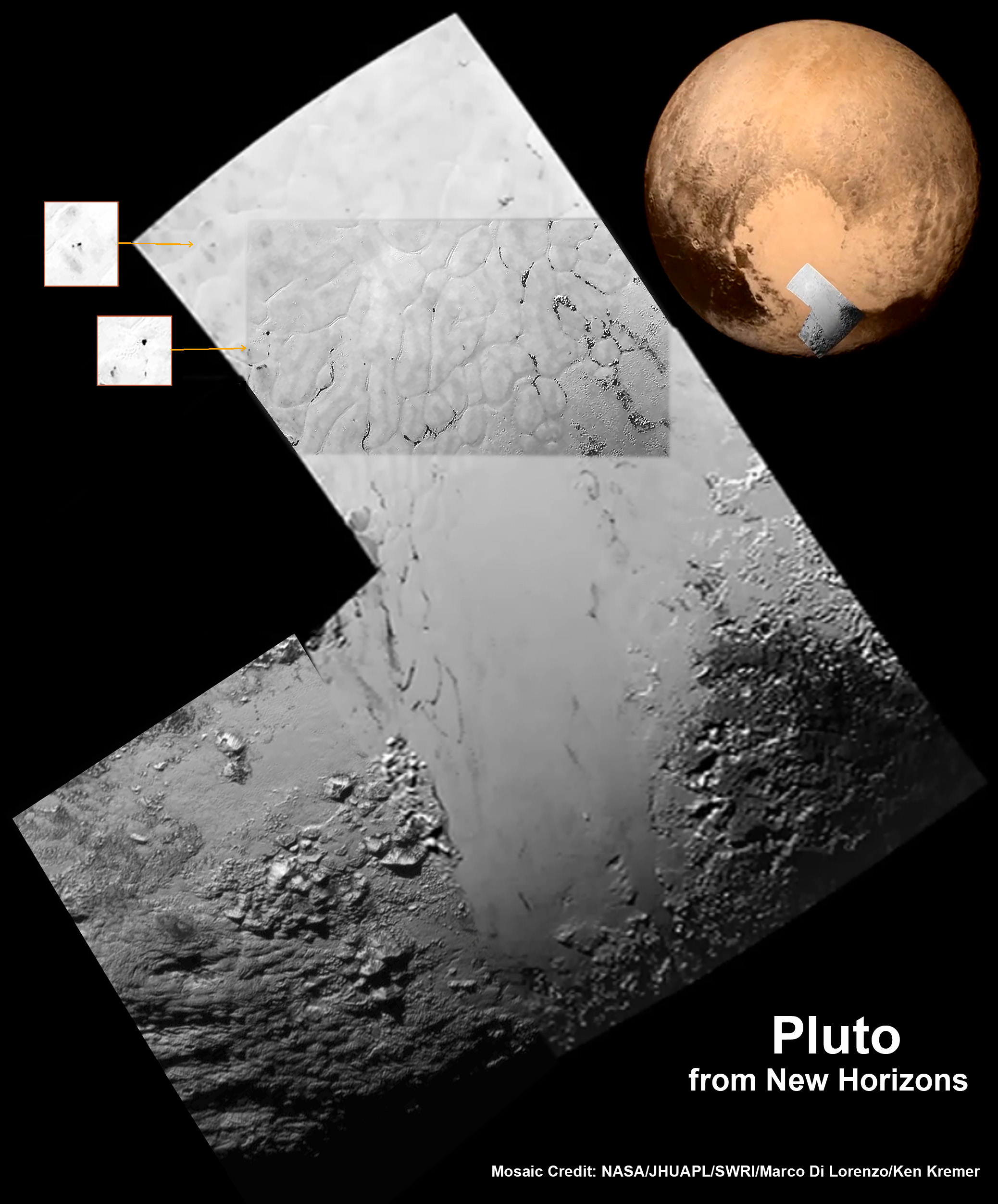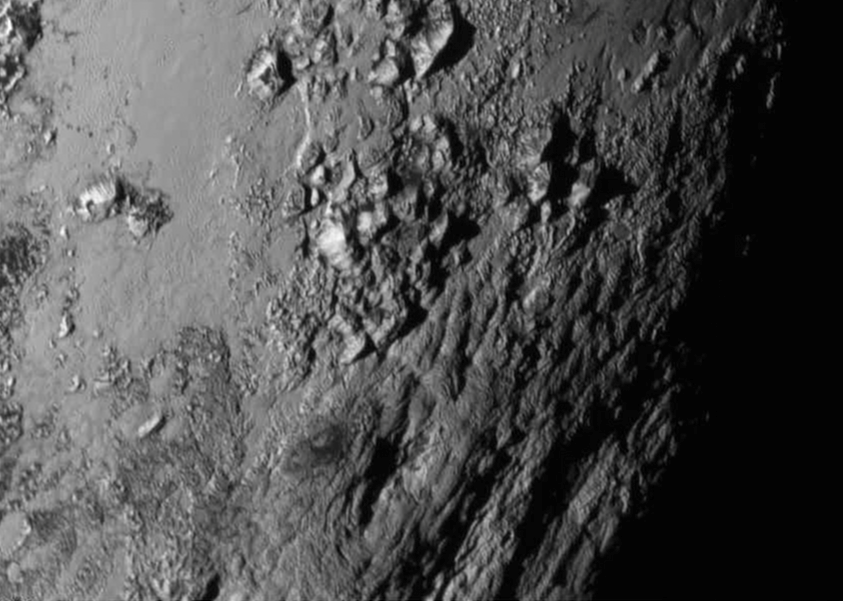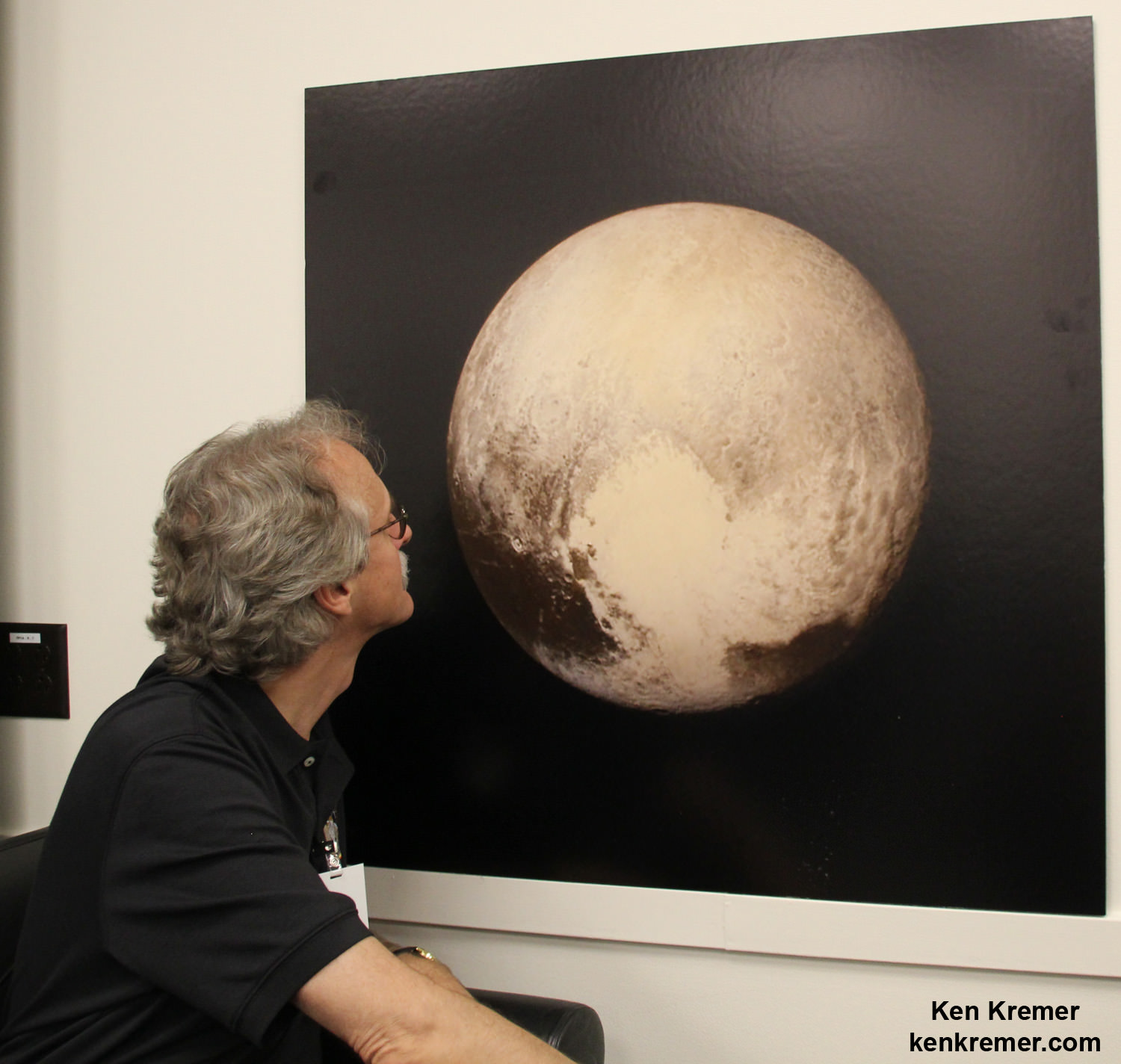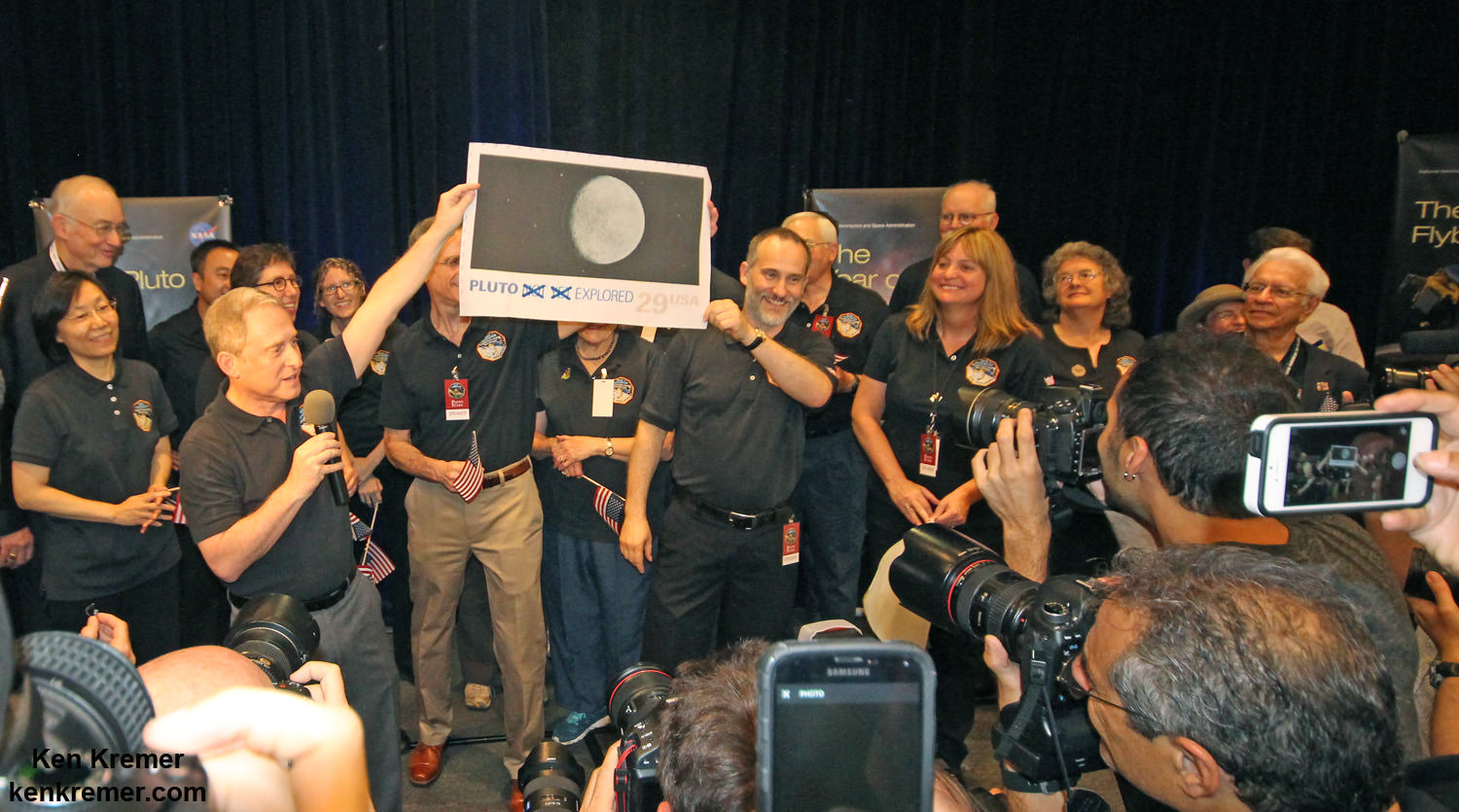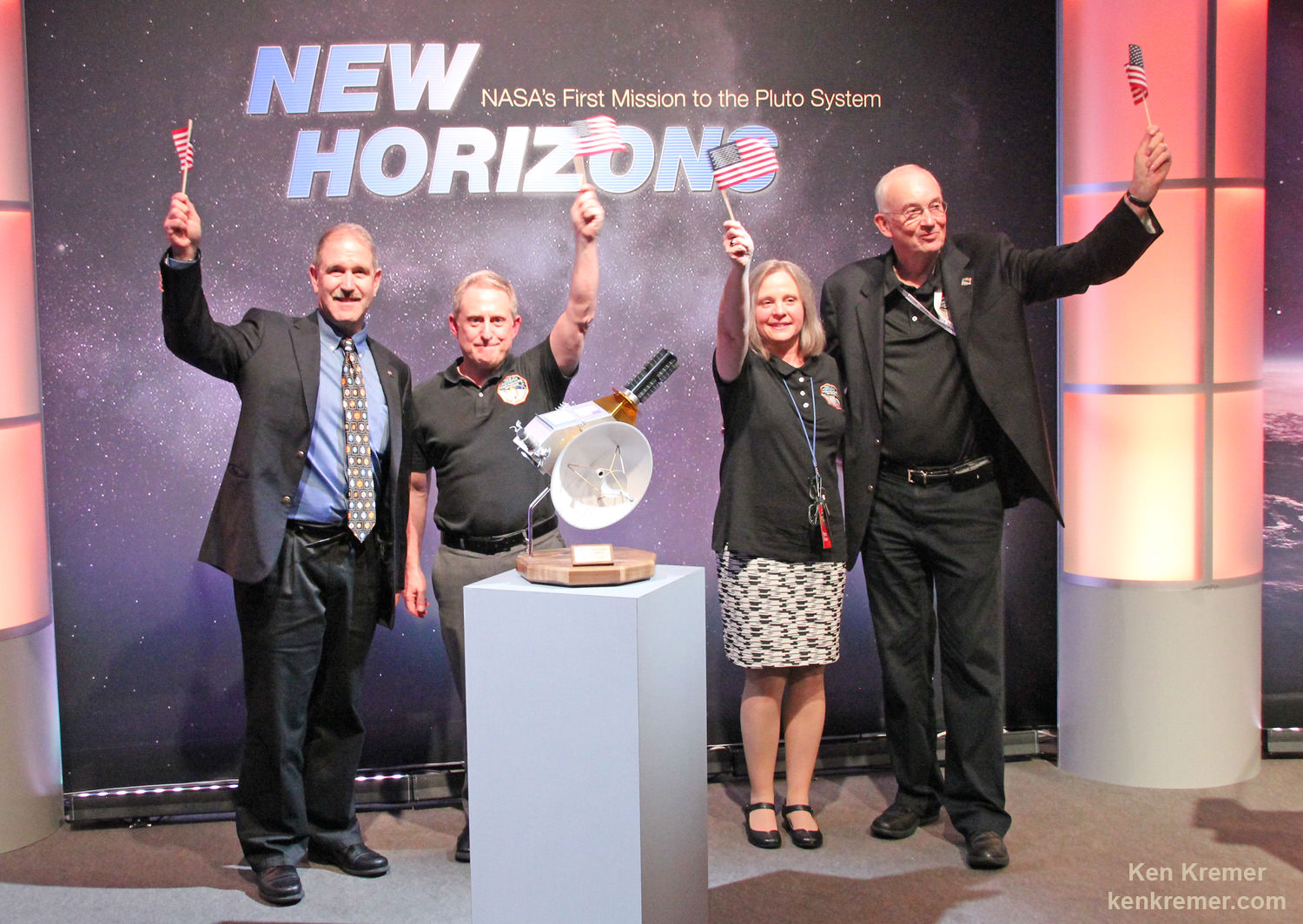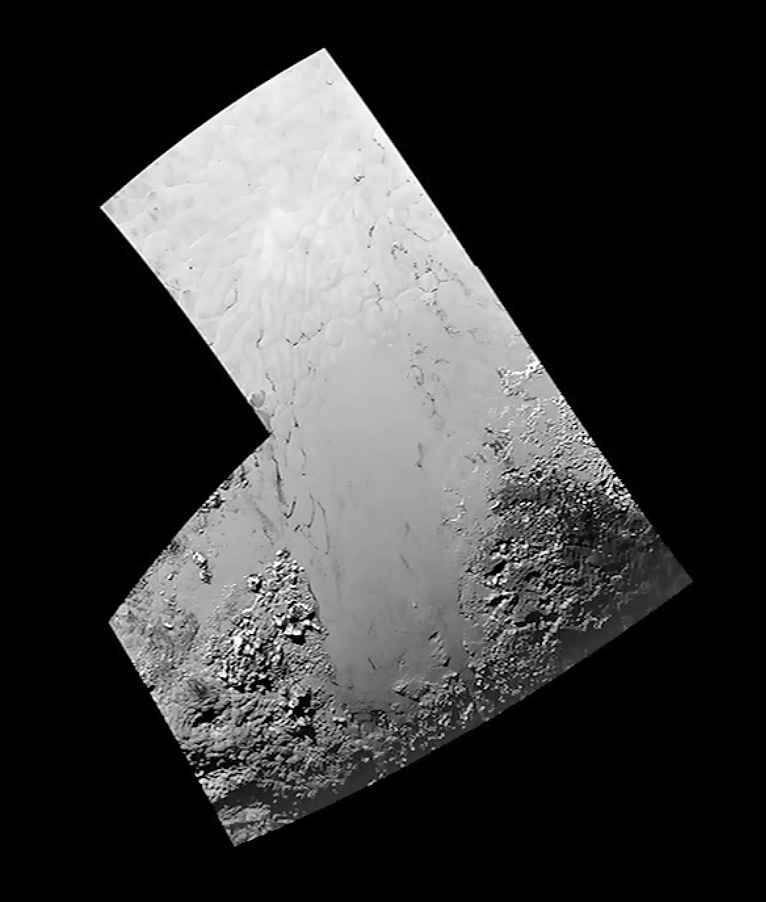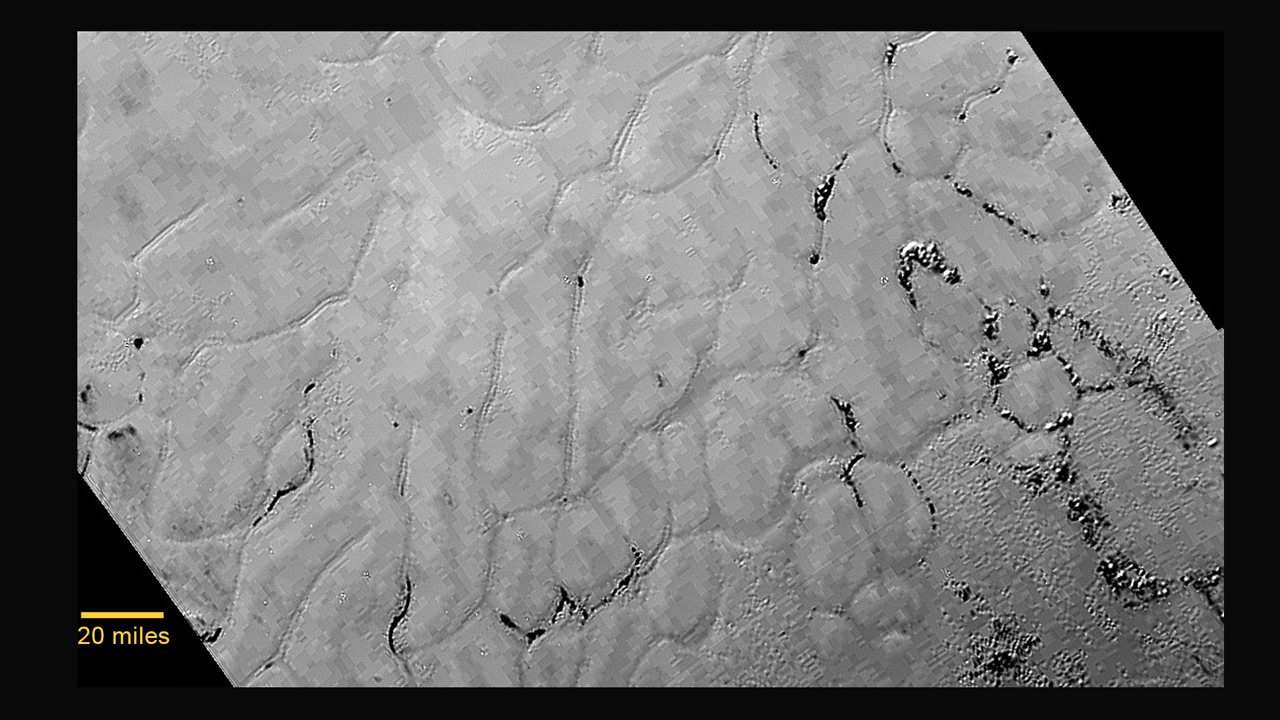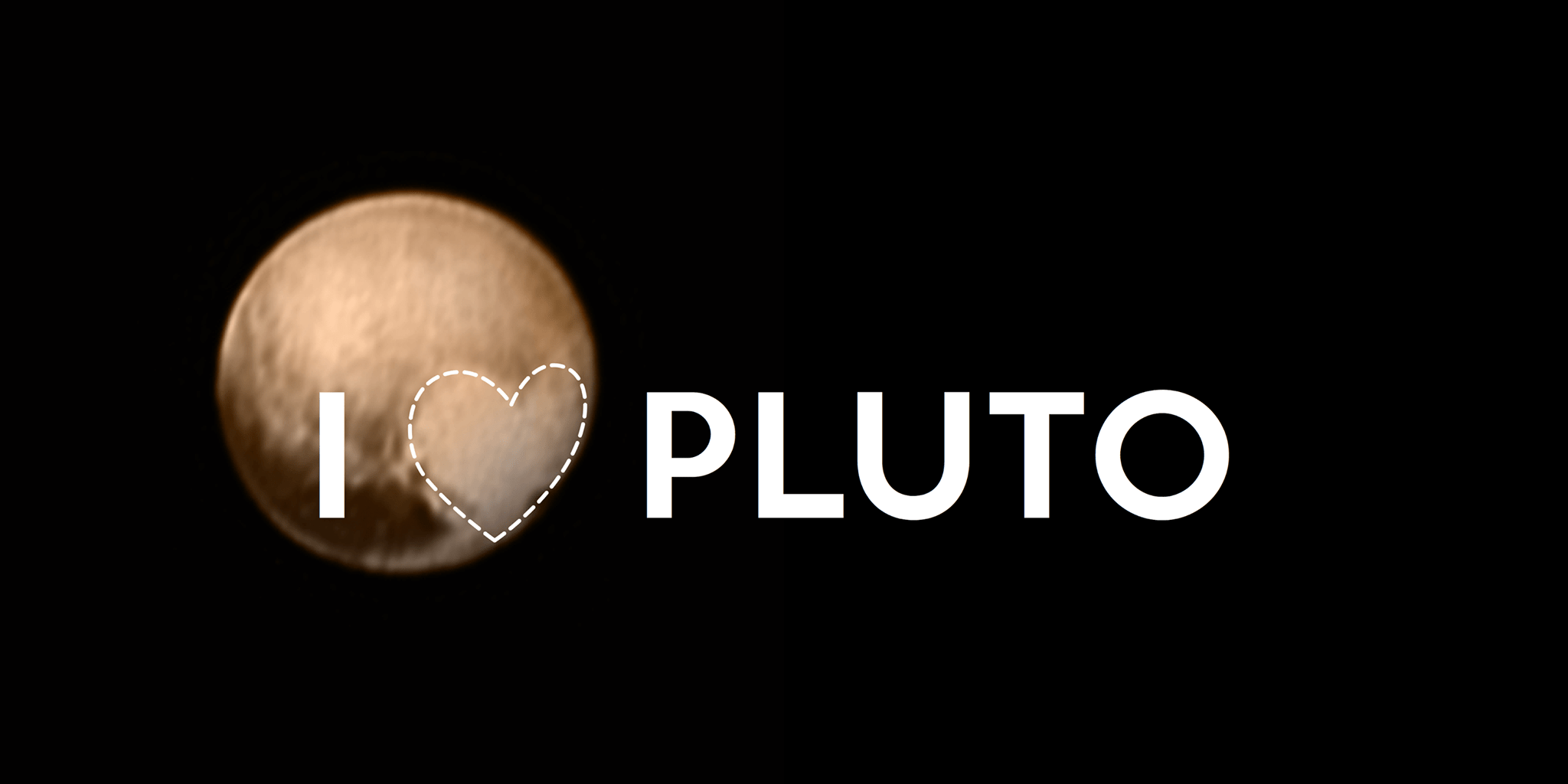In July of 2015, the New Horizons mission made history when it conducted the first flyby in history of Pluto. In the course of conducting its flyby, the probe gathered volumes of data about Pluto’s surface, composition, atmosphere and system of moons. It also provided breathtaking images of Pluto’s “heart”, its frozen plains, mountain chains, and it’s mysterious “bladed terrain”.
These strange features showed people for the first time how radically different the surface of Pluto is from Earth and the other planets of the inner Solar System. But strangely, they also showcased how this distant world is also quite similar to Earth. For instance, in a new study, a team of researchers working on the images from the New Horizons mission noticed “dunes” on the surface of Pluto that resemble sand dunes here on Earth.
The study, titled “Dunes on Pluto“, was recently published in the journal Science. The study was led by Matthew Telfer, a Lecturer in Physical Geography from the University of Plymouth, with significant contributions provided by Eric J. R. Parteli and Jani Radebaugh – geoscientists from the University of Cologne, and Brigham Young University, respectively.
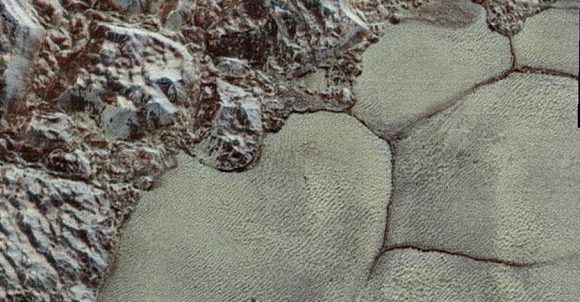
They were joined by members from the Carl Sagan Center at the SETI Institute, NASA’s Ames Research Center, the Lowell Observatory, the Southwest Research Institute (SwRI), the National Optical Astronomy Observatory, the Massachusetts Institute of Technology (MIT), the Johns Hopkins University Applied Physics Laboratory (JHUAPL), and multiple universities.
On Earth, dunes are formed by wind-blown sand that create repeated ridges in the desert or along beaches. Similar patterns have been observed along river beds and alluvial plains, where water deposits sediment over time. In all cases, dune-like formations are the result of solid particles being transported by a moving medium (i.e. air or water). Beyond Earth, such patterns have been observed on Mars, Titan, and even on Comet 67P/Churyumov-Gerasimenko.
However, when consulting images from New Horizons probe, Telfer and his colleagues noted similar formations in the Sputnik Planitia region on Pluto. This region, which constitutes the western lobe of the heart-shaped Tombaugh Regio, is essentially a massive ice-covered basin. Already, researchers have noted that the surface appears to consist of irregular polygons bordered by troughs, which appear to be indications of convection cells.
As Dr. Telfer told Universe Today via email:
“We first saw some features looked kind of dune-like within the first few days, but as time passed, and new images came in, most of these seemed less and less convincing. But one area became more and more convincing with every pass. This is what we’re reporting on.”
Another interesting feature is the dark streams that are a few kilometers long and are all aligned in the same direction. But equally interesting were the features that Telfer and his team noticed, which looked like dunes that ran perpendicular to the wind streaks. This indicated that they were transverse dunes, the kinds that pile up due to prolonged wind activity in the desert.
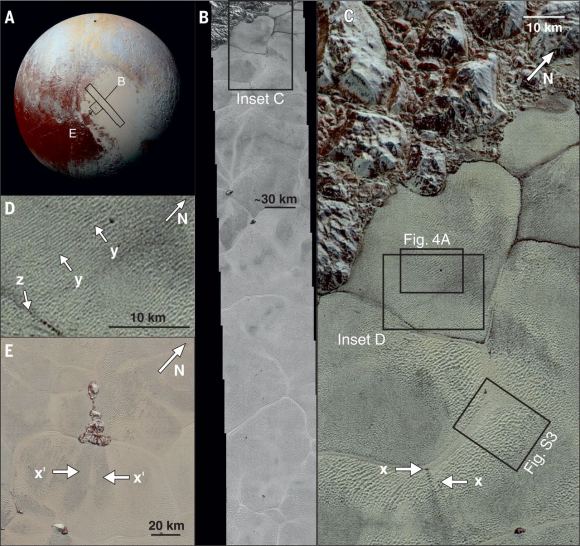
To determine if this was a plausible hypothesis, the researchers constructed models that took into account what kind of particles would make up these dunes. They concluded that either methane or nitrogen ice would be able to form sand-sized grains that could be transported by typical winds. They then modeled the physics of Pluto’s winds, which would be strongest coming down the slopes of the mountains that border Sputnik Planum.
However, they also determined that Pluto’s winds would not be strong enough to push the particles around on their own. This is where sublimation played a key role, where surface ice goes from a solid phase directly to a gas when warmed by sunlight. This sublimation would provide the upward force necessary to lift the particles, at which point they would be caught by Pluto’s winds and blown around.
As Dr. Telfer explained, this conclusion was made possible thanks to the immense amount of support his team got, much of which came from the New Horizons Geology, Geophysics and Imaging Science Theme Team:
“Once we’d done the spatial analysis that made us really sure that these features made sense as dunes, we had the great opportunity to hook up with Eric Parteli at Cologne; he showed us through his modelling that the dunes should form, as long as the grains become airborne in the first place. The NASA New Horizons team really helped here, as they pointed out that mixed nitrogen/methane ices would preferentially fling methane ice grains upwards as the ices sublimated.”
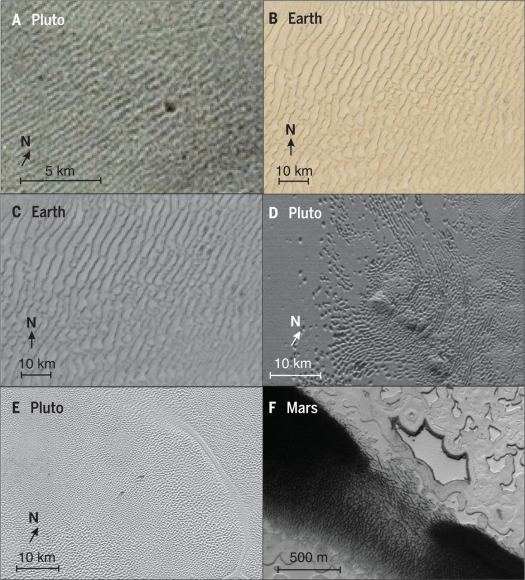
In addition to showing that Pluto, one of the most distant objects in the Solar System, has a few things in common with Earth, this study has also shown just how active Pluto’s surface is. “It shows us that not only is Pluto’s surface affecting its atmosphere, the converse is also true,” said Dr. Telfer. “We have a really dynamic world’s surface, so far out in the solar system.
On top of that, understanding how dunes can form under Pluto’s conditions will help scientists to interpret similar features found elsewhere in the Solar System. For example, NASA is planning on sending a mission to Titan in the coming decade to study its many interesting surface features, which include its dune formations. And many more missions are being sent to explore the Red Planet before a crewed mission takes place in the 2030s.
Knowing how such formations were created are key to understanding the dynamics of the planet, which will help answer some of the deeper questions about what is taking place on the surface.
Further Reading: ArsTechnica, Science

